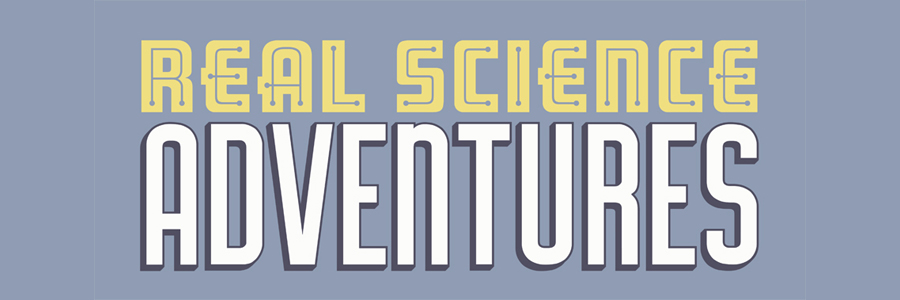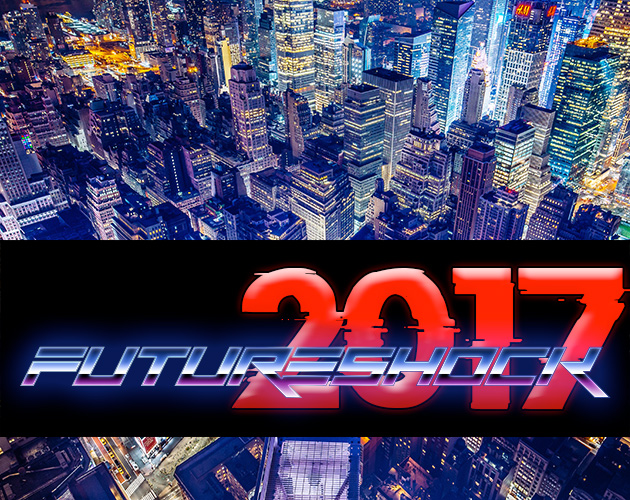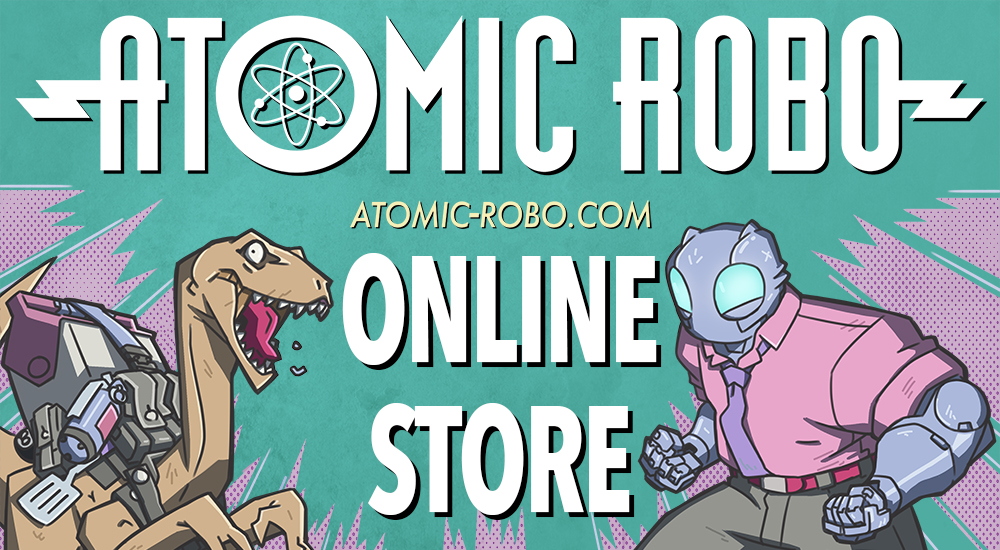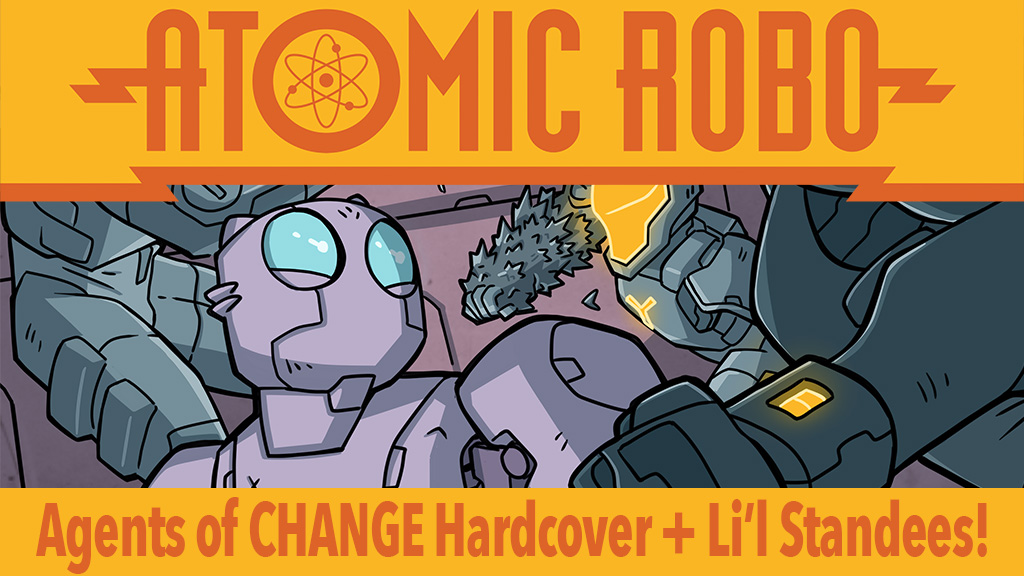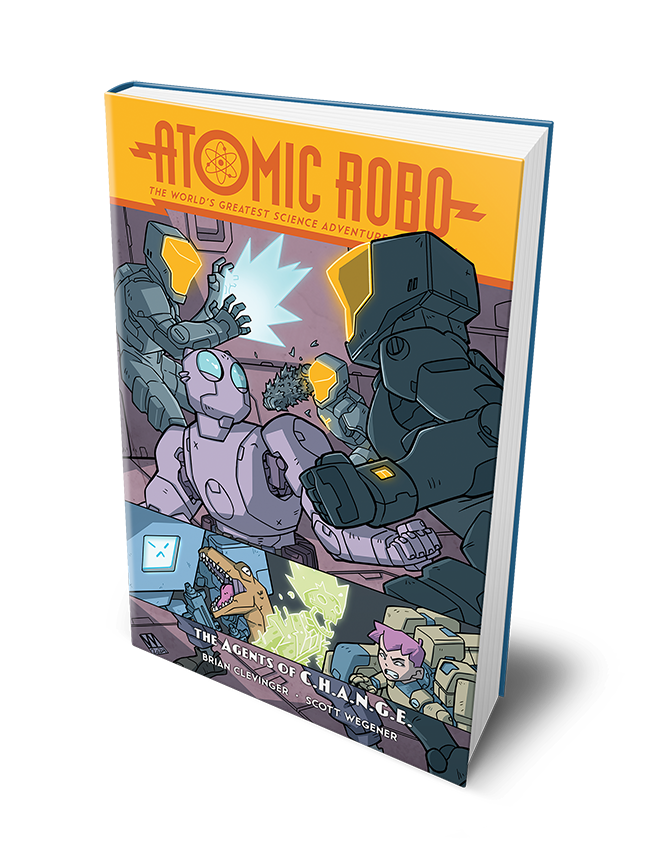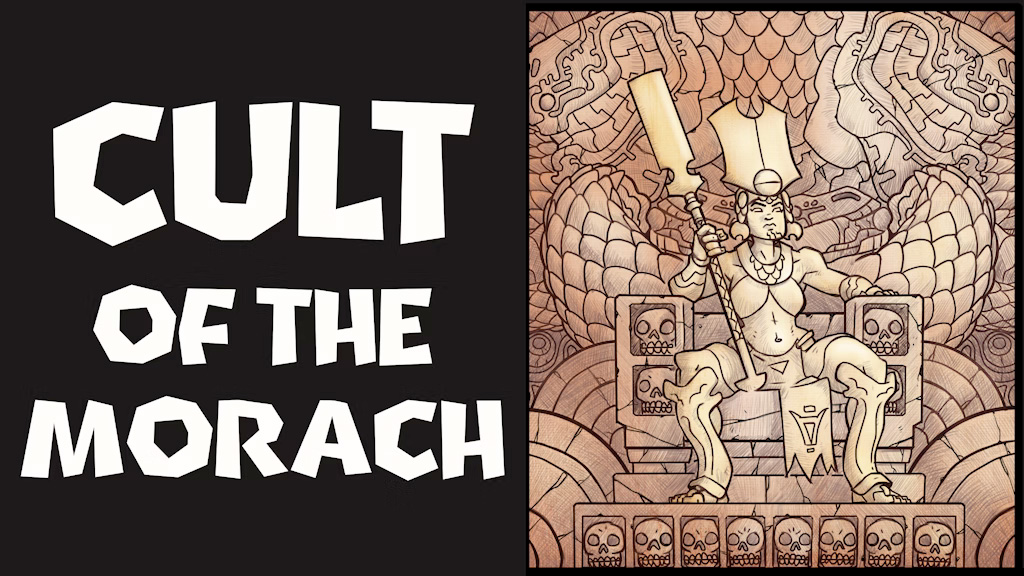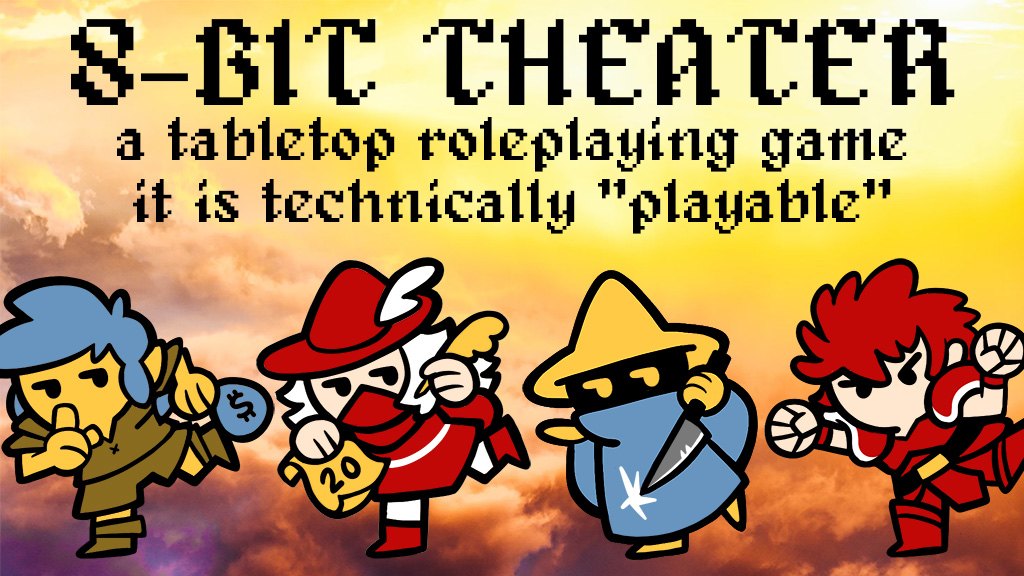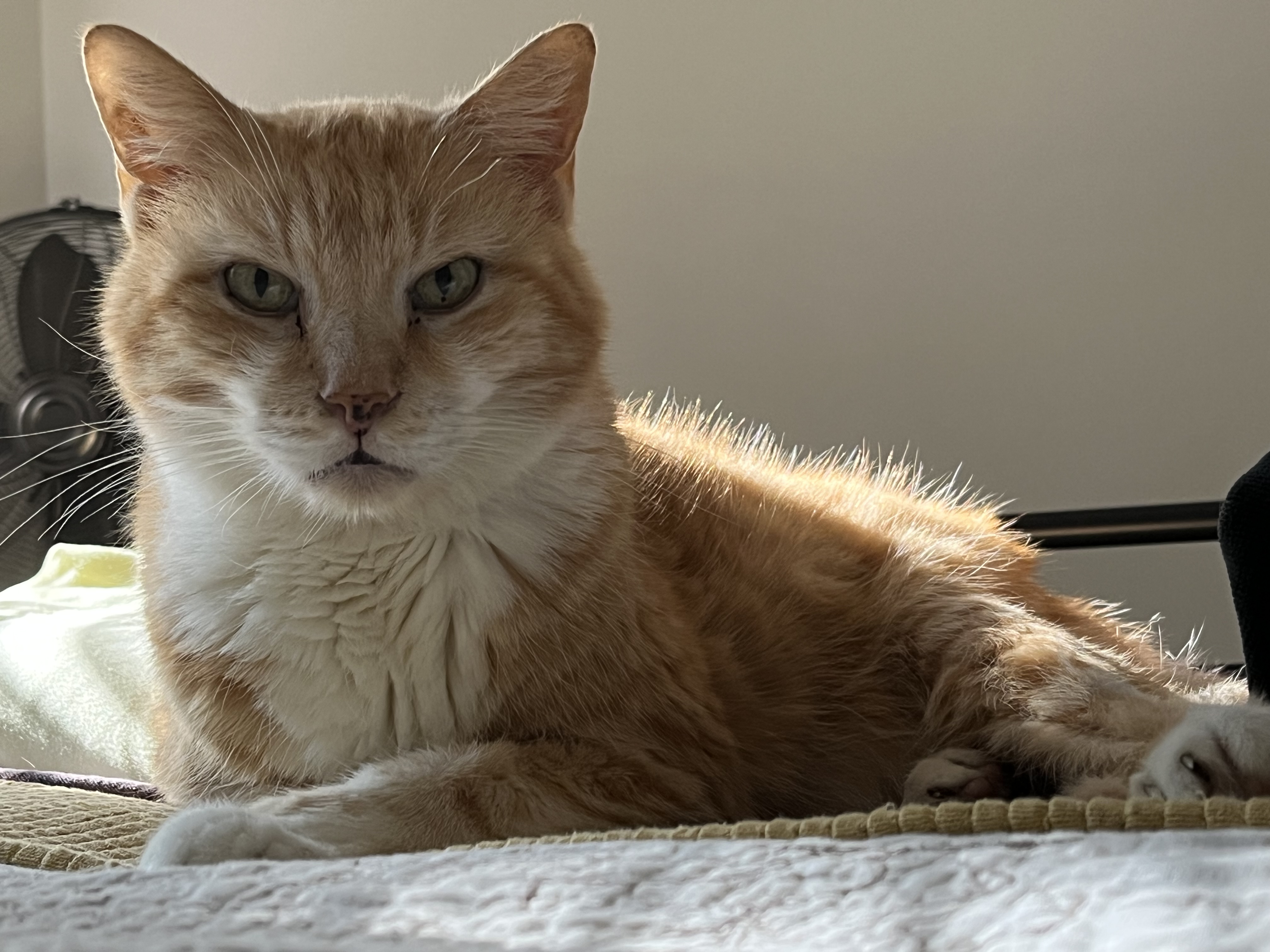
We found Charlie as a stray at our apartment complex back in Orlando. We'll never know exactly what brought him into our lives, but it seems clear that he was abandoned as a kitten when his previous owners moved out. He was filthy, starving, and (as we would find out when we got him to the vet's office) riddled with parasites. Our plan was to get him checked out, fixed, vaccinated, etc., so we could find him a home. But the docs quickly found he had feline panleukopenia. They told us that typically had a 90% mortality rate, but that might be as low as 70% for Charlie because they'd caught it so early.
They kept him for a couple weeks. We visited every few days. The vets told us that a big part of what makes panleukopenia so lethal is that, even with ample treatment, the disease makes them so tired and so miserable to live through that they just give up. You would never have believed Charlie was sick much less beating death. He was surrounded by all these people giving him attention all day, like hell he was gonna give that up.
Charlie beat the odds, we brought him home, and spoiled him rotten every day for the next 17 years. And in return he ran our lives for us. He became so involved in every part of our daily routines that he'll never be gone. "He lives on in our memories" doesn't begin to describe it. He's at the center of our concept of what a home is.
As often happens with older cats, Charlie's kidneys began to fail. There's no cure for this, only management, and even that is iffy. You might get a few days, a few weeks, maybe as much as a year. He responded extremely well to treatment at first but after a few weeks he stopped eating. He kept trying to run the household for us, to make sure we stuck to the routines, and to participate in them as much as he could. All these years he'd thought he was taking care of us and he didn't know how to stop. On Sunday, November 3rd, we put Charlie to rest in the comfort of his home surrounded by the people he loved most.
I'll be blunt. It's been an expensive couple of weeks. While any help would be appreciated, please don't feel bad if you can't. We are well aware of the state of things generally and this week in specific. Thank you for reading all this.

